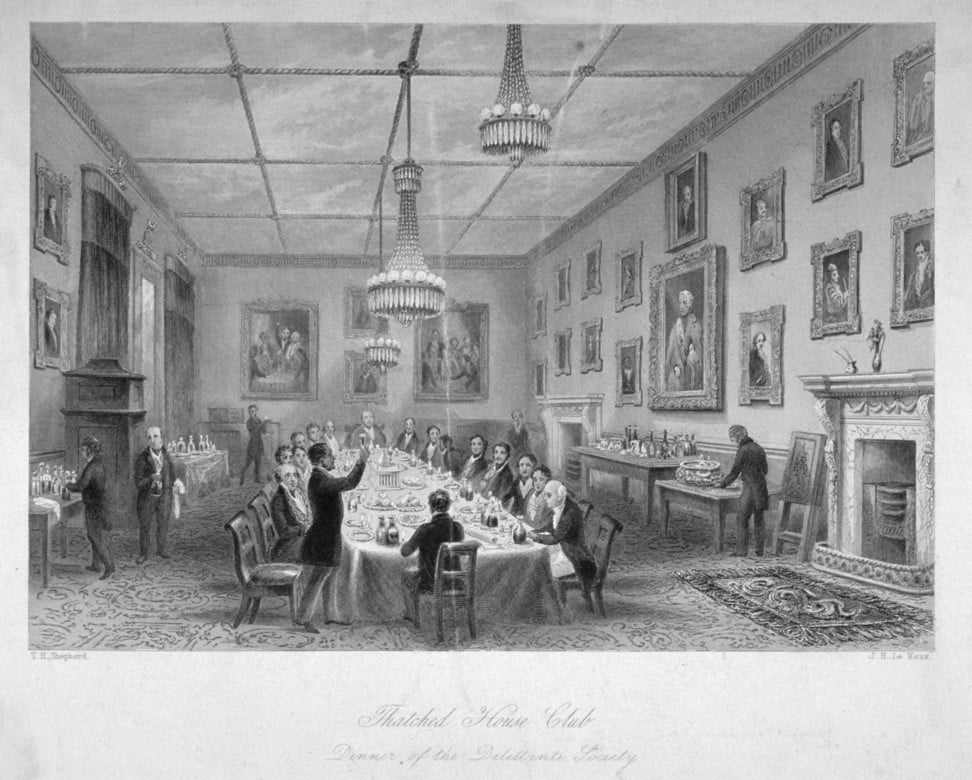
Raising a toast: the dos and don’ts, and how to sabre a champagne bottle
The Greeks started it, offering salutations to the divine, but it was Napoleon Bonaparte who took toasting to a dramatic – and dangerous – new level

Raising a toast at a dinner, special occasion or event has long been a way to honour an individual. It is difficult to trace the origins of this custom but many believe it began with the ancient Greeks making offerings to their gods. Later, senators in Rome issued a decree that all citizens must toast the health of Emperor Augustus at each meal.
Shakespeare immortalised the custom of toasting in his Merry Wives of Windsor, with the character Falstaff demanding, “Go fetch me a quart of sack; put a toast in’t,” by which he meant he wanted a big glass of wine with a piece of toast in it (wine at that time was rather inconsistent, and adding toast was supposed to improve flavour, as well as being a way to use up stale bread).

This gave rise to the Toastmasters, a guild whose members ensured the toasting did not get out of hand (some people would toast everyone in the room as an excuse to drink). The Toastmasters Guide, by T. Hughes, published in 1806, outlines toasting etiquette and suggests a number of toasts for various occasions.
Celebrations often start with the sound of a popping champagne cork, of course. However, at many a French wedding, there is a more impressive way of getting at the contents of a bottle: sabering or, as its known in French, sabrage.

1 Find a sword (there are sabres made specifically for the purpose) or use a large heavy knife. Note: you’re going to use the wide, dull side, not the sharp edge.
2 Chill a bottle of champagne to five degrees Celsius.
3 Remove the foil and wire cage from the bottle neck.
4 Find the vertical seam where the two sides of the bottle meet. This is the line that you will follow with the sabre.
5 Face away from anything breakable, and from any living thing that could be harmed if hit by a speeding cork or piece of glass. This is extremely important for safety reasons because the pressure inside a bottle of champagne is equivalent to that of a car tyre.
6 Wrap a linen cloth around the lower part of the bottle and firmly grasp the base in your non-dominant hand. Hold the bottle at a 30-degree angle.
7 With your dominant hand, take the sword (or heavy knife) with the dull side facing up. In one quick, firm motion, run the dull edge of the blade along the vertical seam to the neck of the bottle.
8 Ta da! The top will pop off and a little bit of the champagne will spill out with it.
9 Pour into glasses and toast a job well done. Do not drink out of the bottle – the glass edges might be sharp.